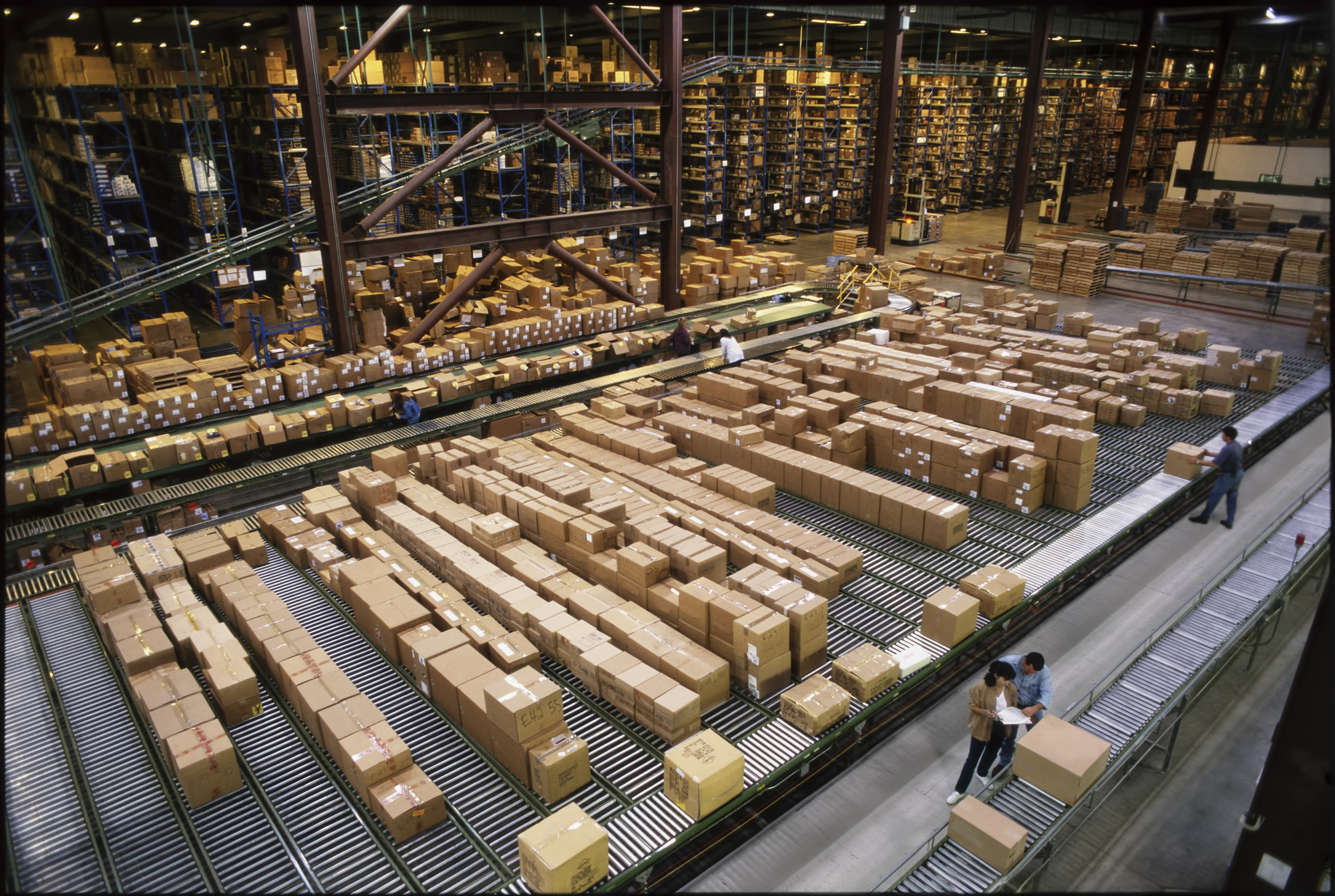Fleetworthy’s 2025 Trucking and Fleet Insights Report sheds light on the major obstacles trucking companies and owner-operators are facing as they head into the new year. The survey of 300 employees from large and midsize fleets, along with owner-operators, highlights rising costs, safety priorities, and administrative headaches as the most pressing concerns.
Here are the top findings:
- Cutting Costs: 96% of fleets reported reducing expenses in other areas of their business to cover costs related to regulations.
- Toll Management: 93% said managing tolls—like handling multiple transponders and unpredictable fees—is a significant challenge.
- Owner-Operator Struggles: 35% of owner-operators have considered leaving the business due to rising costs and administrative burdens.
- Growth Limitations: 95% of all respondents believe these issues are holding back their ability to expand services and grow.
“With regulations in our industry constantly changing, fleets and owner-operators are spending a lot of time and money ensuring their trucks and company are staying compliant,” said Michael Precia, Fleetworthy’s President and Chief Strategy Officer. “In many cases, keeping up with these tasks hampers a trucking company’s ability to grow its business.”
One of the biggest worries for trucking companies, especially midsize fleets, is the threat of nuclear verdicts—large-scale lawsuits following major accidents. In the report, 35% of midsize fleet leaders said they are “very” or “extremely” concerned about this risk.
Despite these concerns, fleet leaders and owner-operators remain confident about their safety practices:
- 93% of fleet leaders said their companies have strong safety cultures and a solid grasp of regulations.
- 97% of owner-operators believe they’re more knowledgeable about safety and regulatory practices than other independent drivers.
Safety remains a priority for most companies, with 96% investing in safety equipment over the past year. Popular upgrades include:
- In-cab cameras and monitoring systems (51%)
- Driver training and safety programs
- Upgraded maintenance schedules to prevent breakdowns




